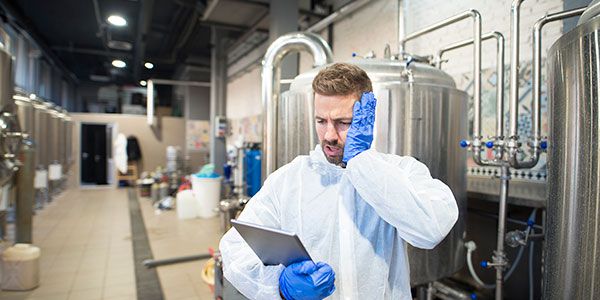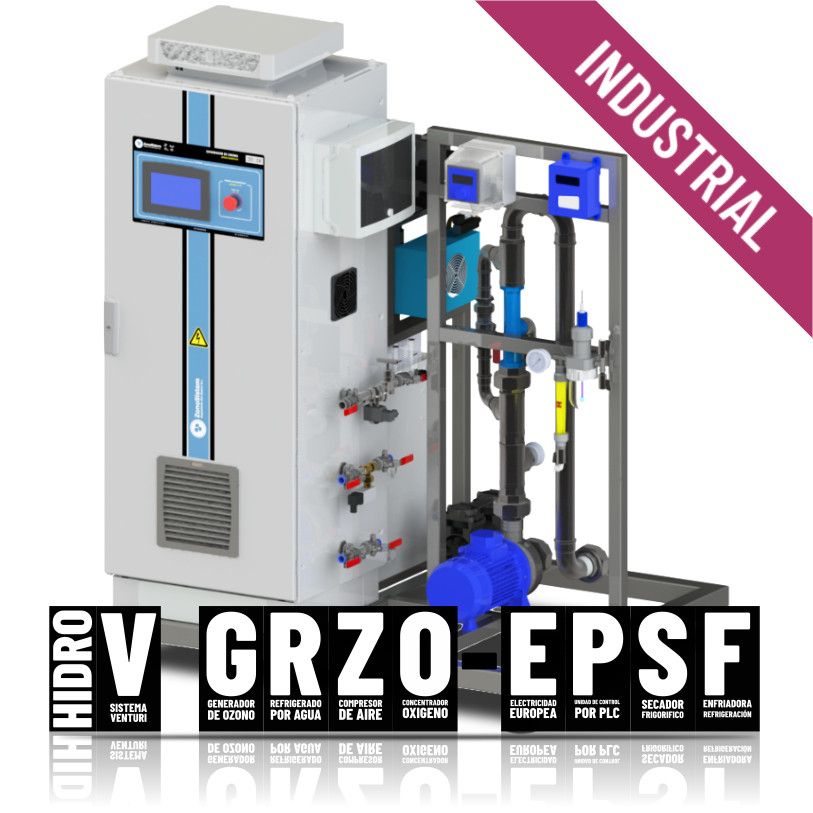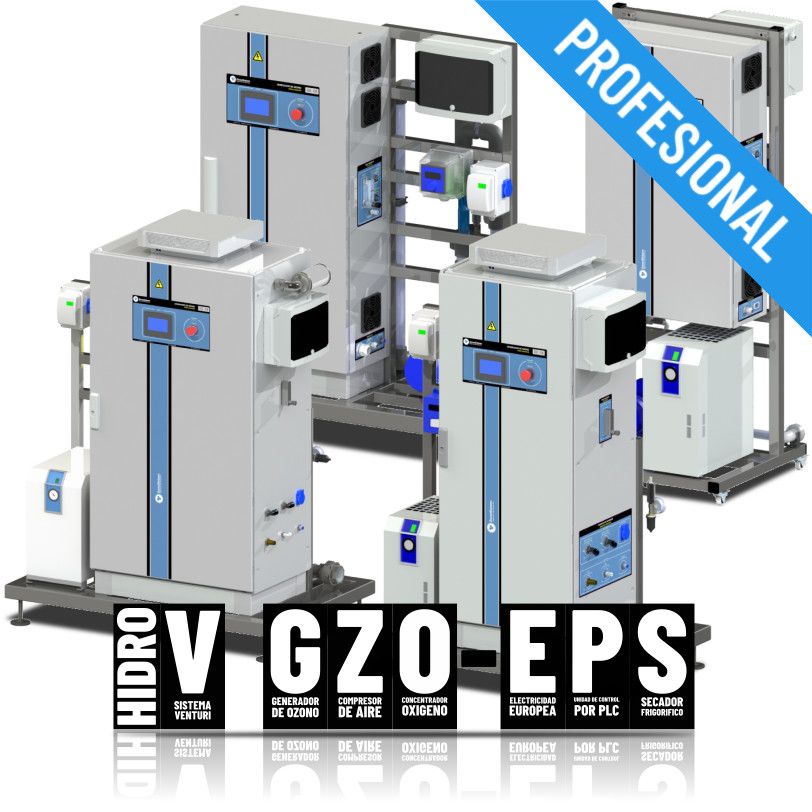Ozone in osmosis water tanks
Distilled and ultra pure

Use of ozone in osmotized, distilled, ultrapure water tanks
Osmotized, distilled, and ultra-pure water is widely used in industry as a base for generating numerous formulations in the production of food, pharmaceutical, cosmetic, chemical, and cleaning products, among others. If you store water in a buffer tank, it will require a continuous disinfection system to ensure constant hygiene in the tank, the pipes, and the water itself, without leaving residues that could alter the taste, smell, or composition of your product.
Ozone is a highly valuable technique for sanitizing and disinfecting tanks, reservoirs, pipelines, and the water itself, without leaving chemical residues that could affect your formulation. Additionally, ozone is generated on-site, eliminating the need to transport or store chemicals. The ozone generator takes oxygen from the air, converts it into ozone using electrical discharges, and injects it into the tank’s water through its injection and contact system. The system only requires a power source and a connection to the tank you want to treat. It operates fully automatically, requiring no manual labor. Moreover, it is environmentally friendly.
To disinfect water, tanks, and pipes without leaving residues.
Avoid the use of chlorine and chemicals that may alter your recipe.
Ozone is generated on-site, eliminating the need for chemical storage or transport.
Ozone leaves no residues, is environmentally friendly, and reduces the carbon footprint.
The system is automated and does not require manual labor for application.
Problems with the hygiene of osmosis water?
Advantages of disinfecting with Ozone

Maximum disinfection.
Osmotized water is easily contaminated, so continuous disinfection is necessary. Unlike UV lamp disinfection, ozone ensures the disinfection of both the water and the entire hydraulic network of the industry. Additionally, it removes and prevents biofilm formation in pipes without leaving residues.
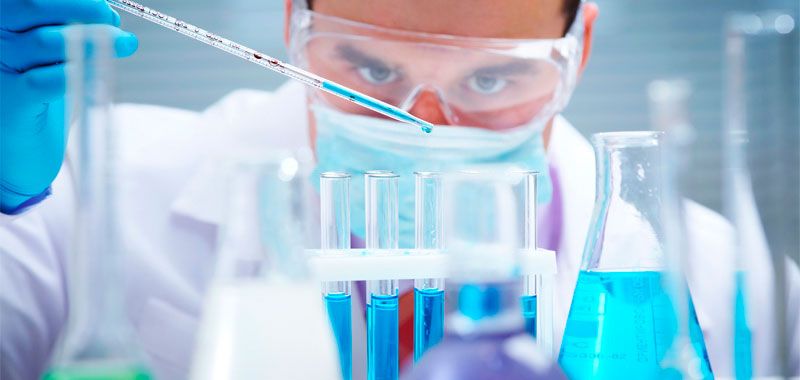
Without altering your recipe
Traditional chemicals can leave traces that alter the flavors, smells or composition of your recipes. Ozone (O3) is a molecule made up of 3 oxygen atoms, it is very violent chemically, but it quickly transforms into oxygen (O2), without leaving residues and without altering your recipe.

Save and pollute less
Traditional disinfection is expensive and has a high environmental impact. Using ozone you can reduce the consumption of chemicals, hot water and the number of rinses. Reduce your spills by using only water with ozone to disinfect the water, tank and osmosis water pipes.
Without labor, automatic
The system generates ozone and injects it into the tank automatically, without the need to apply manual labor in the process. The equipment only needs to be connected to the tank to be treated and provide it with a point of light.
No chemical storage
Ozone cannot be transported or stored, it is generated on site, and it is applied instantly, so it is not necessary to store and manage chemical products, it avoids transport and reduces the carbon footprint.
Biocide recognized by the ECHA
Ozone is on the list of biocides by the European Chemical Agency and ZonoSistem has all the necessary legalization documentation to be able to apply ozone in its process.
What type of ozone generator do I need?
1. What is the difference between the ranges?
The 3 ranges include the ozone generator, with a compressor and the oxygen concentrator, plus a pump and venturi, to recirculate the water in the tank and inject ozone as it passes.
The HIDRO V GZO-EPS range also includes advanced control elements that allow the ozone levels in the tank to be controlled from a Redox measurement, allowing the equipment to automatically modulate power according to needs. It also includes an ozone leak meter, for greater safety of operators and equipment.
2. What range do you recommend?
The HIDRO V GRZO industrial range includes a high-concentration, water-cooled ring-type ozone generation module. This range is the most recommended for industries operating 24/7.
The HIDRO V GZO professional range is designed for smaller tanks with lower production demands.
3. How much ozone do I need?
You must consider both the inflow rate to the tank and the accumulated water volume. Consult your sales advisor. You can estimate 1.3 ppm per cubic meter of water entering the tank. If you have a filling flow rate of 100m3/h, you will need at least an ozone generator of 130 gO3/h.
Example of ozone equipment in osmosis water tanks
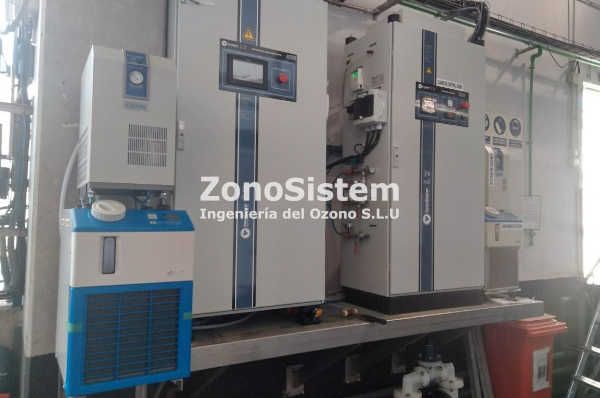
Manufacturer of cleaning products, Seville, Spain.
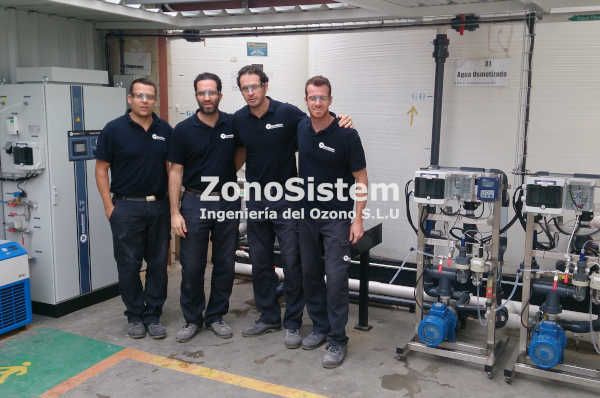
Detergent manufacturer, Valencia, Spain.
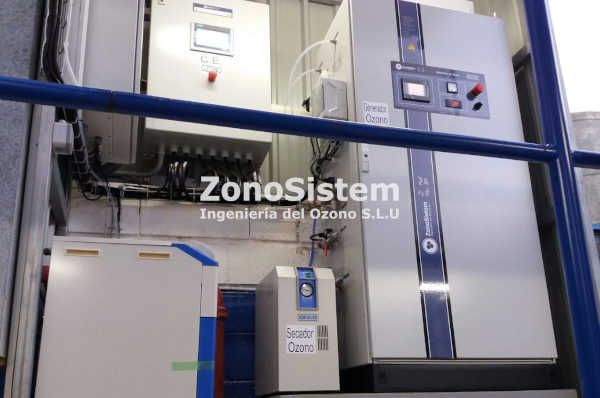
Distilled water manufacturer, Valencia. Spain
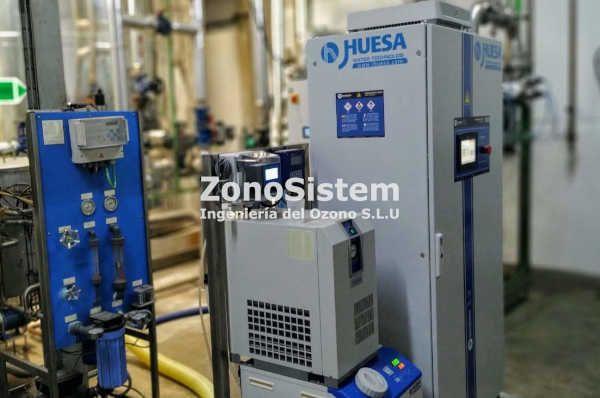
Manufacturer of cleaning and personal hygiene products, Extremadura, Spain

